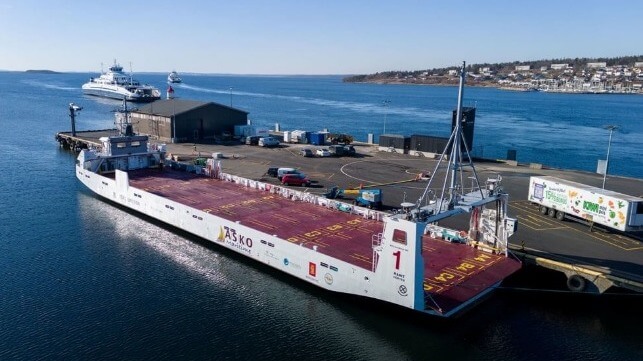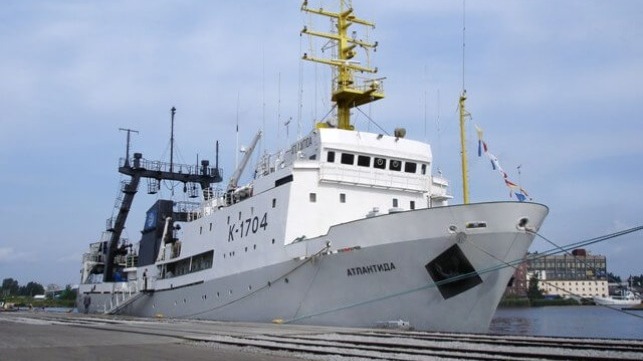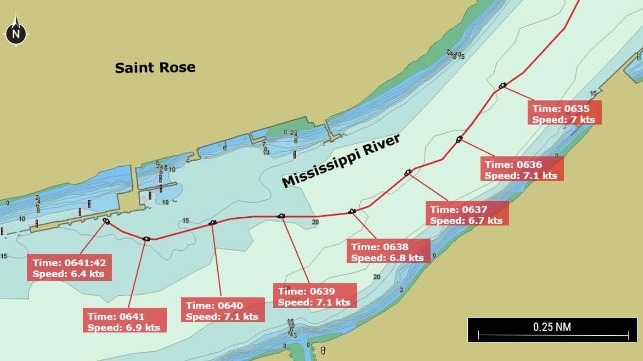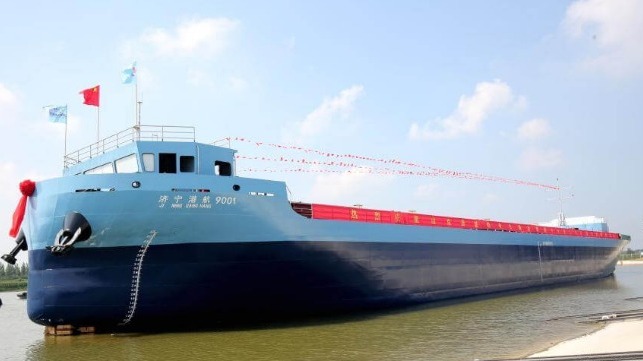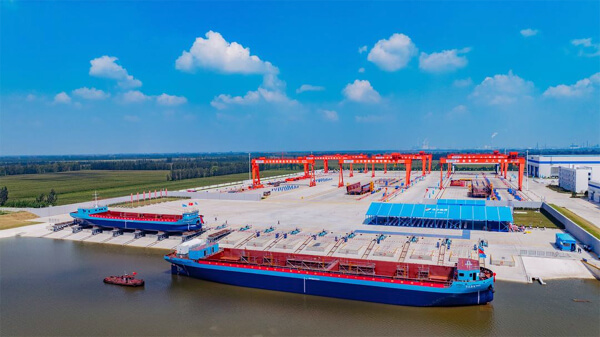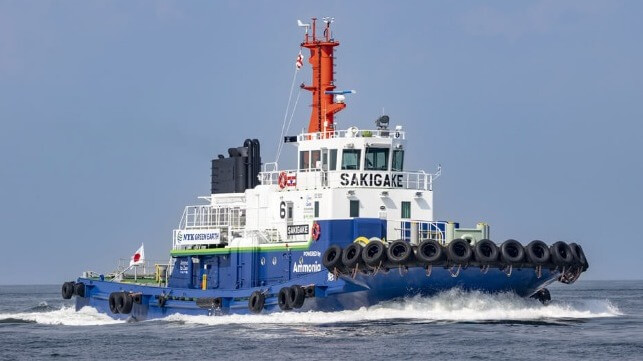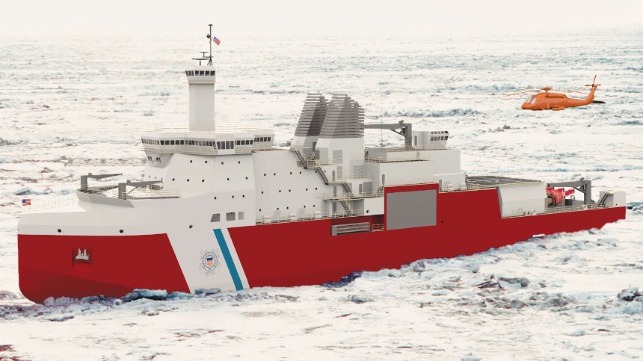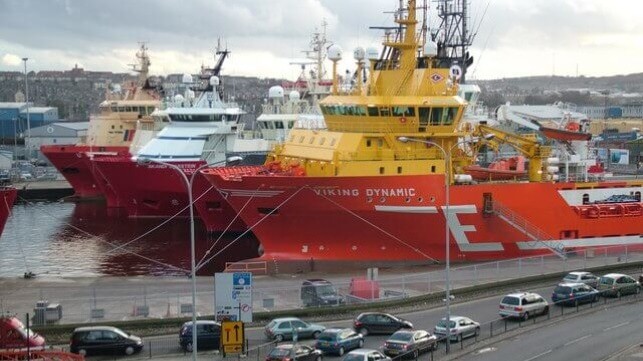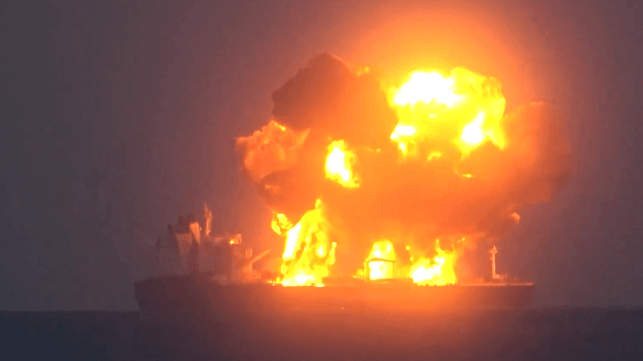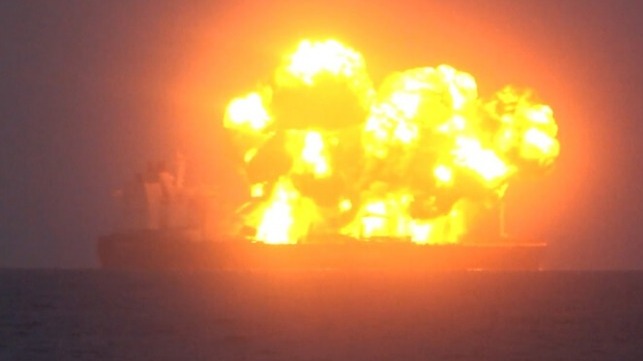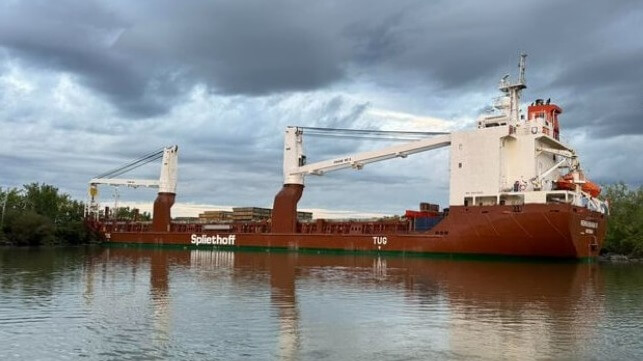Lost Superyacht's Builder Blames Crew for Sinking
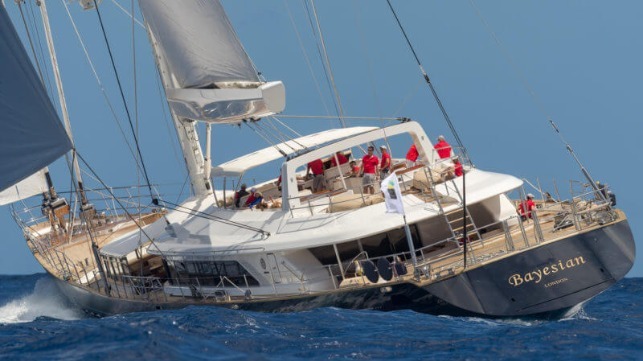
In a series of interviews on Thursday, the builder of the sunken superyacht Bayesian claimed that the ship's crew made "incredible mistakes" that caused the loss of their vessel and the deaths of at least five people, including British tech entrepreneur Mike Lynch. The crew failed to prepare for a forecasted storm, Italian Sea Group CEO Giovanni Costantino told Reuters, and he said that "this is the mistake that cries out for vengeance."
The giant sailing yacht went down in a sudden and extreme thunderstorm at about 0500 on Monday morning. Local residents reported seeing a waterspout in the harbor, then a flare set off by Bayesian's crew. 15 passengers and crew were rescued minutes after the sinking; the remains of five people have been found in the wreck, including Lynch's body, and one person remains missing.
Bayesian (ex name Salute) was a 180-foot aluminum-hulled sailing yacht built by Italian Sea Group's Perini Navi division in 2008. She had no previous history of trouble in 16 years, even in worse weather conditions, Constantino said.
As the investigation into the cause of the tragic sinking gets under way, the authorities will likely look at Bayesian's retractable bulb keel, which could be raised by nearly 20 feet in order to reduce the yacht's draft. In the interview, Constantino confirmed that it was raised at the time of the casualty, which would reduce the vessel's ability to resist capsizing. He faulted the crew for failing to lower the keel in advance of Monday's heavy weather, and said that they should have closed hatches and mustered the passengers as a precaution. "The storm was fully legible in all the weather charts. It couldn't have been ignored," he said.
Constantino described the vessel's loss as "impossible" in ordinary circumstances with proper preparation, and said that the yacht should have been "unsinkable."
"The stern hatch was certainly open - the divers say so - and we think that perhaps something else was open too: there are doors in the superstructure that, even with a 30-degree inclination, if opened, would have taken on water," he told Corrierre della Sera. "It is much more important to know if the port hatch, where the tender is moored and from which guests get on and off, was open, which is much more dangerous."
He said that any formal conclusions on the source of the flooding would have to come from the authorities; those initial answers could come as soon as this weekend, when Italian prosecutors hold their first press conference related to the casualty.
"It took on water with the guests still in the cabin. All it took was a 40-degree tilt and those in the cabins found themselves with the door above. Can you imagine a 60-70 year old man climbing out?" Constantino told Corriere della Sera.
